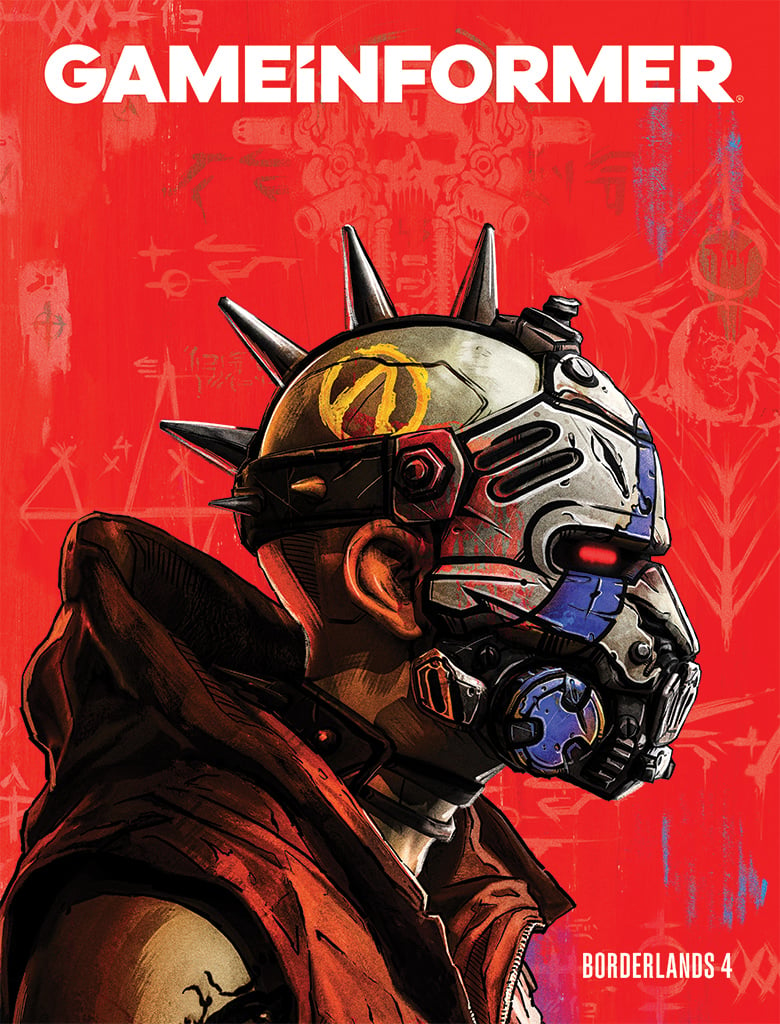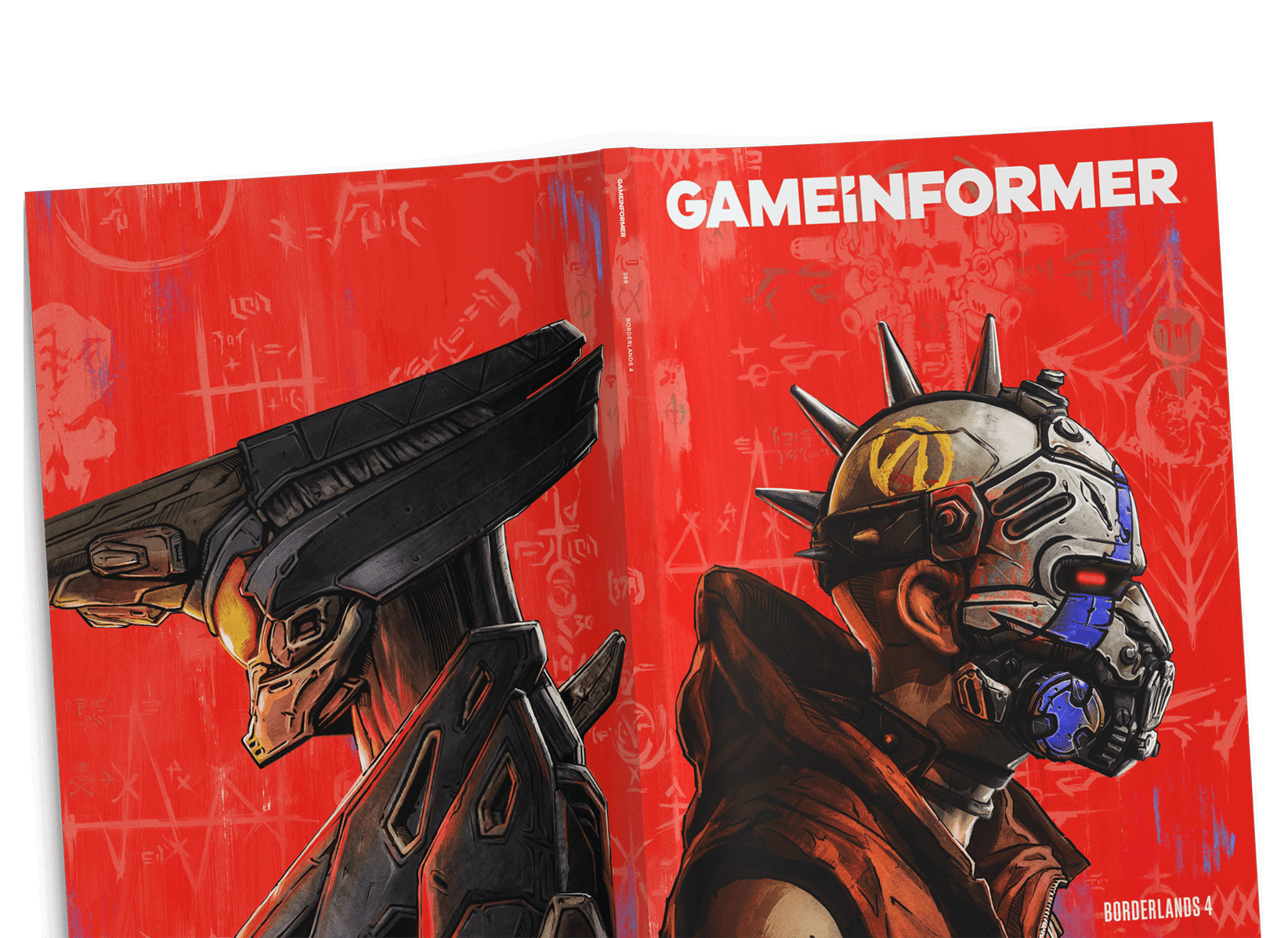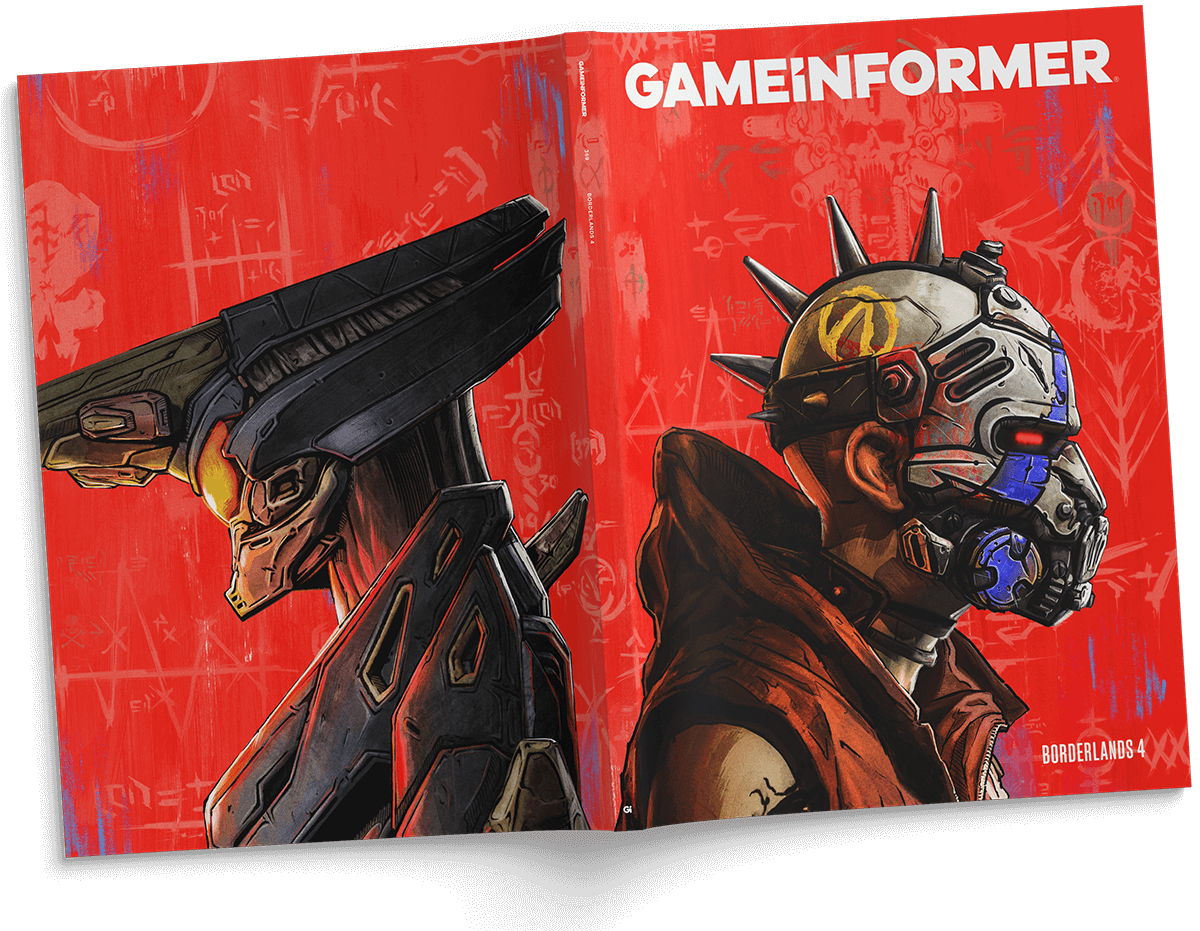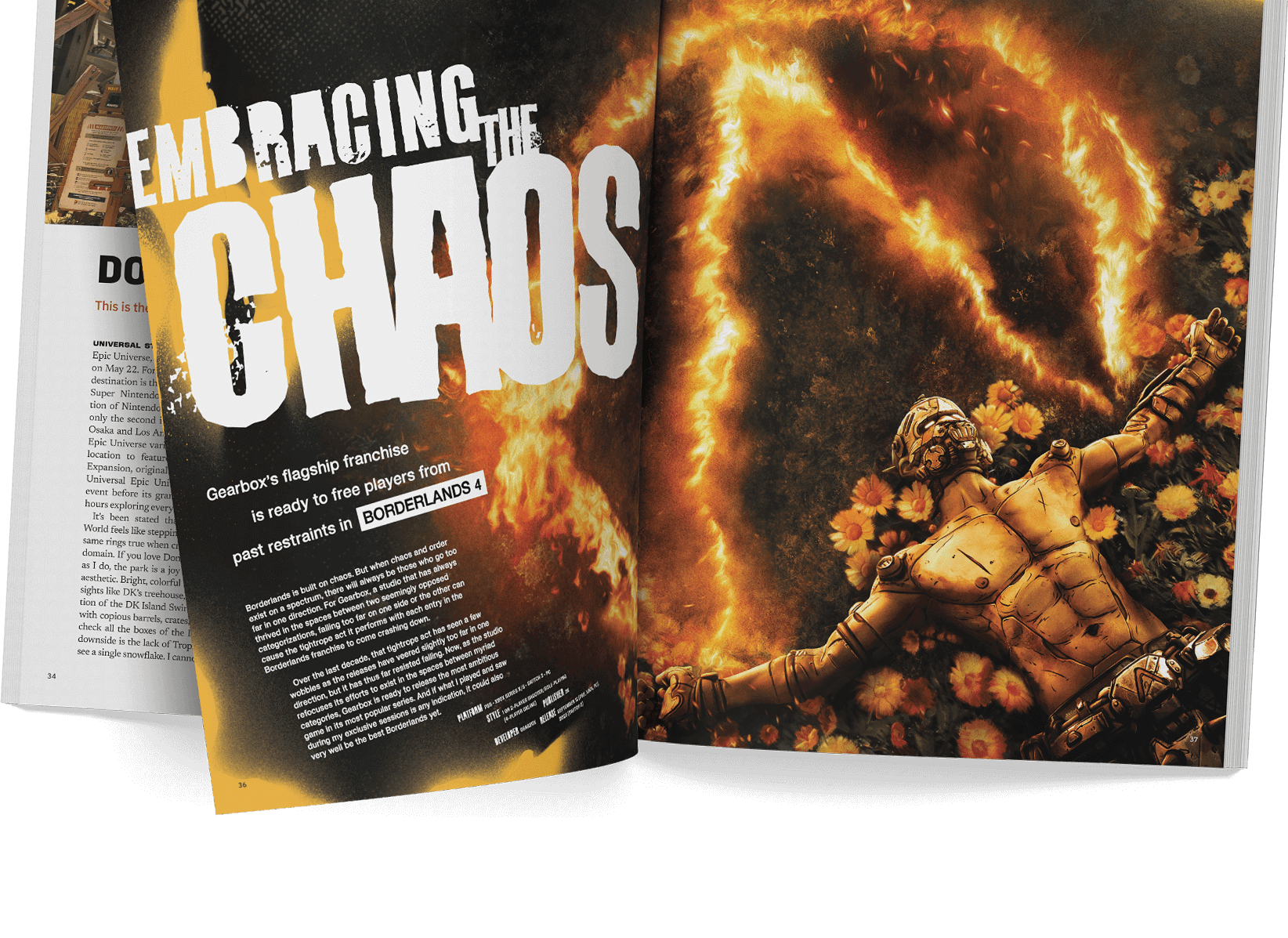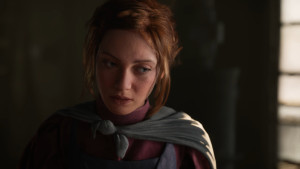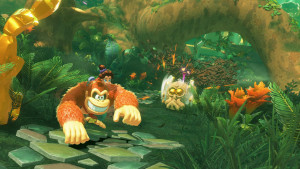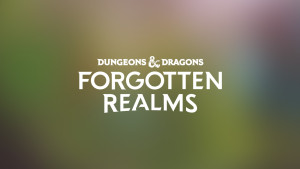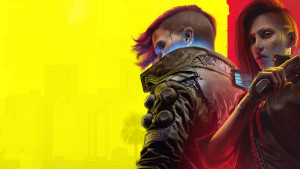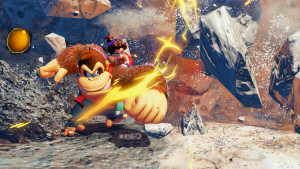Subscribe now to get the Vampire: The Masquerade – Bloodlines 2 issue and a D&D poster pack-in!
Zombie Profiles: Breaking Down The Brain-Eaters

You can’t go two loping steps without running into a new game or mode featuring zombies, but the brain-eaters aren’t a new phenomenon in video games. Recent popularity aside, the undead have had a variety of roles across the decades, from comic relief to heart-stopping monsters. Because we know you want it, here’s a breakdown of the five distinct types of zombies we’ve seen in games.
Cartoon Zombies
These non-threatening ghouls are most commonly seen shambling through 2D platformers. Standard gray zombies represent the stock enemy in Zombies Ate My Neighbors and its sequel Ghoul Patrol, providing easy gun fodder that only becomes a threat en masse. Similarly, the plentiful pus bags of shooters Burn Zombie Burn and I MAED A GAM3 W1TH Z0MB1ES 1N IT!!!1 are most dangerous when they corner you. Plants vs. Zombies is the most popular recent title with these classic creepers, wearing everything from football pads to traffic cones for protection. What they all have in common is they’re only overwhelming if they attack simultaneously, which has been the status quo since Night of the Living Dead.
Idiot Zombies
The first thing you likely think of when you hear the
word zombie is a brainless, shuffling husk of a human being. Old school
games like Castlevania throw legions of mindless flesh-eaters at players
as basic enemy types, and their only goal is to damage you on their
march across the screen. However, it was Resident Evil that put these
plodding bullet sponges on the video game map in the franchise’s
earliest games, forcing gamers to either tempt fate by outrunning them
or waste precious ammo to put them down. The headcrab zombies of
Half-Life pose a similar threat to those in Resident Evil – benign in
one-on-one encounters, deadly in packs – but finally lining up zombie
headshots in first-person in 1998 was incredibly satisfying. The Dead
Rising series presents players with hundreds of stupid, moaning corpses
to cut down with improvised weapons like some macabre, overgrown lawn.
The prevalence of these ignorant ghouls seems to be fading with time,
but we’re still hoping for a MMO zombie apocalypse game brimming with
slow zombies.
Fast Zombies
When 28 Days Later hit theaters, humanity learned the
horror of sprinting zombies. Game designers also discovered that
replacing slow, dim-witted undead with cannibalistic Olympic athletes is
scary as hell. Downed zombies in the Resident Evil Gamecube remake can
reanimate into Crimson Heads – spastic sprinters capable of making you soil your
underpants. The endlessly dashing hordes of Valve’s Left 4 Dead series
eviscerate all but those with twitch FPS skills. Leaper necromorphs from
Dead Space may appear to be mutated torsos, but they leap through the
air and slash at their prey with their spiked spine. Half-Life 2’s fast
headcrab zombie from Ravenholm is essentially a skinless, screaming
Spider-Man that pounces from the shadows to tear you apart. We expect
the majority of games featuring the undead to make the move towards
ruthlessly fast zombies.

Zombie Protagonists
Because zombies take a leading role in several titles, zombies don’t always have to be anonymous abominations despite what this article may lead you to believe. Stubbs from Stubbs the Zombie in Rebel Without a Pulse is the reanimated corpse of a murdered traveling salesman who feasts on the brains of townsfolk to bolster his undead army. MediEvil’s reanimated Sir Dan is a fallen knight who can detach and throw his arm at enemies. Chuck D. Head from Decap Attack is a headless mummy who can collect skulls to toss at enemies. Similarly, Dead Head Fred’s titular protagonist is a decapitated private eye who can steal enemies’ heads and utilize their power. It’s been awhile since we’ve seen a game with an undead lead, but we’re ready to do it again.
Near-Zombies
Somewhere along the line game developers cheated and put weapons in the hands of these reanimated cadavers. Some of the earliest incarnations of near-zombies are found in Doom, in which zombified soldiers wield rifles, shotguns, and chainguns. Area 51 arms its cannibal corps with advanced weapons technology, and House of the Dead puts tools like chainsaws and axes in zombies’ necrotic hands. Don’t forget that Typing of the Dead’s zombies also hunger after typographic errors, which make them even bigger posers. Capcom’s excellent fourth and fifth installments of the Resident Evil franchise spice up the formula with “zombies” that can communicate, strategize, drive cars, and wield everything from pitchforks to sniper rifles. We ignore these games’ claims that these aren’t zombies, because a corpse that rises from the grave is undead whether it attacks with its teeth or a rocket launcher... it’s just lazy.
